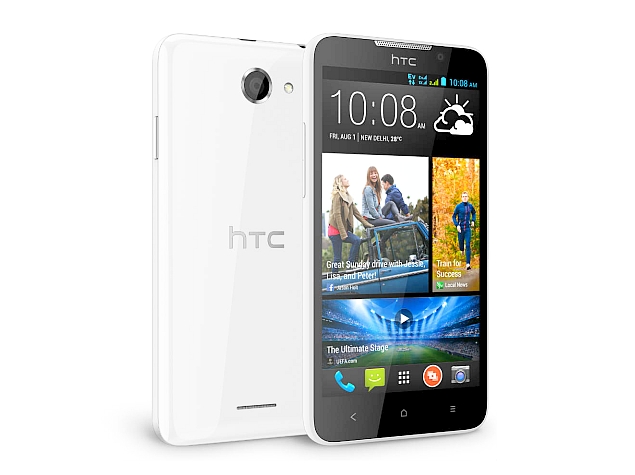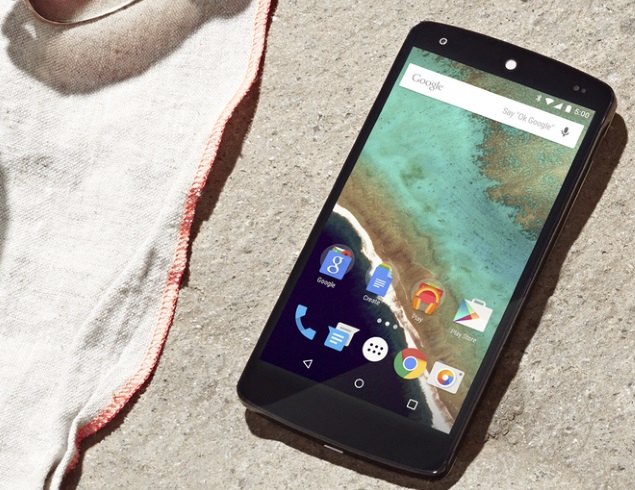A team of engineers at the University of California, San Diego, plans to make a cross-country trip in an electric vehicle -- without plugging the car in once.
University of California, San Diego, engineers plan to swap out rechargeable, briefcase-size battery modules as they travel across the country.
Instead of going by the traditional plug-and-wait protocol for EVs, the engineers will swap out rechargeable, briefcase-size battery modules on the fly as they travel from San Diego to the coast of South Carolina in less than 60 hours.
The engineers plan to make the trek next year in a 2002 Volkswagen Golf they converted into an EV. A chase car is to follow close behind with a supply of fresh modules that will be charged with a backup generator during the road trip.
The trip will demonstrate the practicality of the team's Modular Battery Exchange and Active Management system (M-BEAM), which engineers say will challenge the modern notion of EV ownership.
The idea is that M-BEAM would allow consumers to purchase vehicles while leasing the modules, which people could charge at home or pick up from businesses that would charge and distribute fresh units. Module exchange stations could mirror how some gasoline stations handle propane tanks.
Sticker prices for EVs could drop by about $10,000 if batteries are leased, the researchers say.
Such a system would make EV ownership possible for a wider range of consumers and combat range anxiety, says Raymond de Callafon, a mechanical engineering professor at UCSD's Jacobs School of Engineering. He is leading a team that is crafting algorithms for charge estimation and electrical current control of the modules.
One of the perks of M-BEAM is easier power management.
Coast to coast boast
A team of University of California, San Diego, researchers says a drive from the West Coast to the East Coast would take 10-12 days in a standard EV. Using their modular battery concept, the researchers will attempt to make the drive in 60 hours. The route, with approximate distances between checkpoints
Start: San Diego
Checkpoint 1: Phoenix (350 miles)
Checkpoint 2: Albuquerque, N.M. (420 miles)
Checkpoint 3: Amarillo, Texas (285 miles)
Checkpoint 4: Oklahoma City (260 miles)
Checkpoint 5: Little Rock, Ark. (340 miles)
Checkpoint 6: Memphis, Tenn. (135 miles)
Checkpoint 7: Atlanta (380 miles)
End: Charleston, S.C. (300 miles)
Approximate total distance: 2,470 miles
If someone drives in a car with 10 modules, for instance, de Callafon said the system can schedule currents so that just two modules are depleted instead of all 10. Then the driver could replace the two spent units to get back to a full charge.
The algorithms will enable modules of varying charge levels, chemistry, age and condition to work in unison.
Worried about getting shocked when removing the module?
The management system is designed to protect people from electrical currents when lifting units from the vehicle. The modules don't emit any voltage unless the car is running.
"It also allows you to keep up with the latest battery technology. If you buy an electric vehicle and the battery is fixed in there, your warranty expires and that's it," de Callafon said. "Or, if a new battery comes out to market, you wouldn't necessarily have to buy a new electric vehicle. Here, you could just put the new modules in there, which is kind of nice."
To make the cross-country journey, the team will use 18 modules at a time that together could get around a 150-mile range, said electrical engineer Lou Shrinkle, who initiated the research on his own nearly two years ago before partnering with de Callafon last year.
The group, which also includes several students, estimates that it will reach South Carolina in less than 60 hours without exceeding the speed limit.
The modules, which have energy capacities of 1.6 kilowatt-hours at around 20 to 30 pounds each, will be replaced during five-minute pit stops. When combined, the 18 modules can provide 29 kilowatts per hour.
As battery technology progresses, researchers say the modules could one day shrink to the size of tissue boxes and weigh less than 10 pounds.
Their usefulness extends beyond EVs. The modules could double as portable generators for residential use.
"Working on battery packs for cars as I have in the past, it was pretty clear to me that the charging station approach, it's not a bad approach, but I think what we're seeing is that a lot of people are not exactly satisfied with that approach," Shrinkle said.
He added: "Fast charge times aren't going to arbitrarily scale down with the technology because of the level of power that has to go in the car. I just didn't see that we're going to get 350-mile refuels in five minutes. That didn't look reasonable, so I started thinking of another approach of a swap."
The team chose the Golf because it's an easily convertible lightweight car with plenty of battery storage space. Project partners are Carnegie Mellon University and the University of California, Berkeley.
UC Berkeley Professor Scott Moura was involved in the algorithms on state of charge and health estimation for the batteries. Carnegie Mellon Professor Jeremy Michalek did economic studies on the use of modules in EVs.
The hope is that the Department of Energy and other agencies will get behind the project with funding.
One day, Shrinkle envisions, EV drivers will toss a few modules in their trunks before a road trip.
"As an EV driver myself, I would love that. Just go on a trip, you could buy a half dozen and, if you aren't using a lot of luggage space, throw some modules back there and give yourself a little range boost," Shrinkle said. "Also, if you're driving and you run out of juice on the freeway, you call AAA and he's got three or four modules" to slide in.
 The ruling followed five months of dramatic, often painful testimony in the trial of Captain Lee Jun-Seok and 14 other crew members of the Sewol which was carrying hundreds of children on a school trip when it capsized off the southern coast.
The ruling followed five months of dramatic, often painful testimony in the trial of Captain Lee Jun-Seok and 14 other crew members of the Sewol which was carrying hundreds of children on a school trip when it capsized off the southern coast. 






